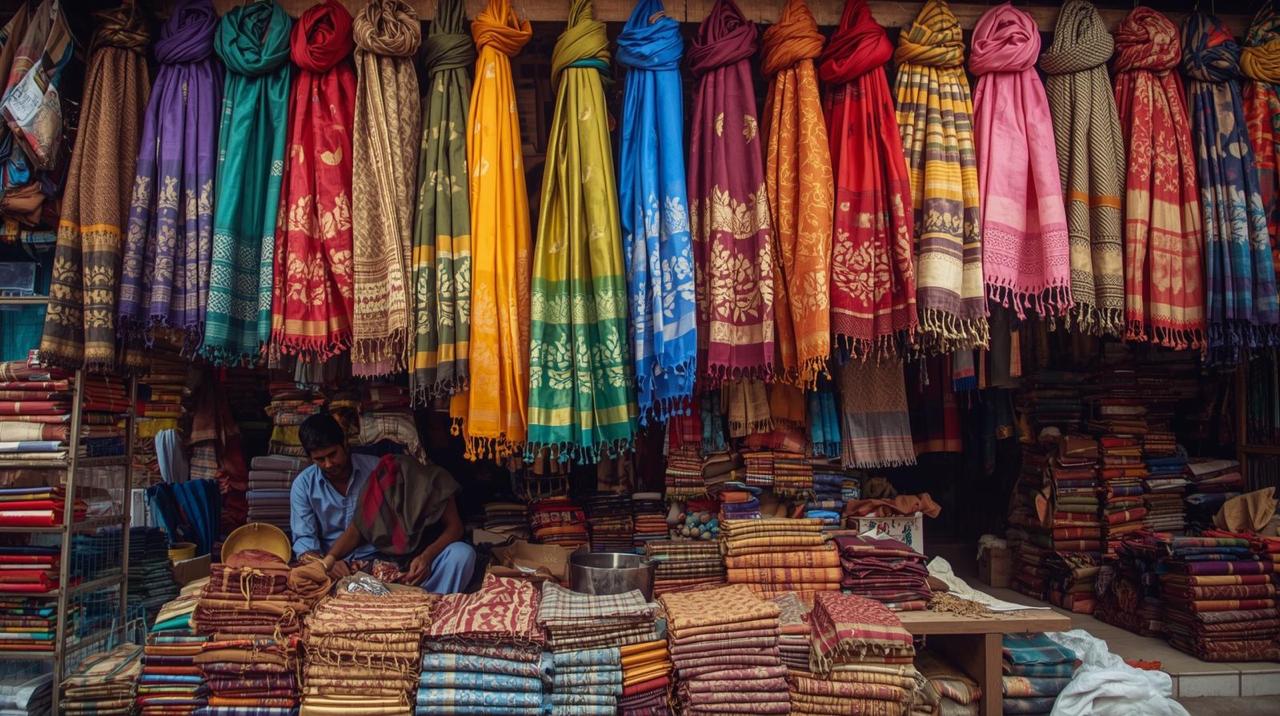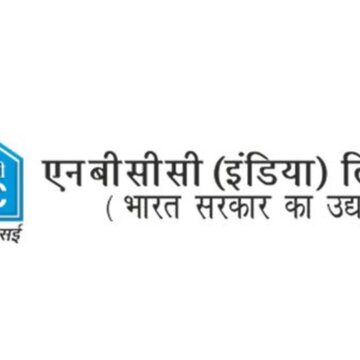Politics is tugging at the loose threads of India's sari trade. Some traders of sari have suffered heavy losses due to the current Indo-Bangladesh tensions, but others have made unexpected profits.
Mohammed Ahmad Ansari, a 55-year-old Banarasi sari weaver based in Varanasi, told Al Jazeera, "These saris are in high demand in Bangladesh during festivals and weddings, but the ban has led to a more than 50 per cent drop in business."
Exports of Banarasi sarees from Varanasi hit hard
Diplomatic tension between the two bordering nations intensified after former Bangladesh Prime Minister Sheikh Hasina fled to New Delhi last year following a student uprising against her rule. Several Muhammad Yunus' followers accused India of having aided Hasina while she was in power, which resulted in attacks on Indian companies and boycotts of Indian goods.
Bangladesh curbed imports of goods such as yarn and rice from India in April. India hit back on May 17 by banning Bangladesh's readymade garments and processed food, leaving sari exporters having to use expensive sea routes.
Varanasi Banarasi saris, which take six months to produce and cost up to 100,000 rupees ($1,130) each, are famous for their complex zari work and high-quality silk. Pawan Yadav, a 61-year-old city wholesale trader, stated, "We used to supply around 10,000 saris annually to Bangladesh, but everything has come to a halt. I am still owed 1.5 million rupees ($17,140) by clients in the neighbouring country, but the recovery seems impossible due to the political turmoil," speaking to Al Jazeera.
The cumulative impact of demonetisation, an increase in power tariffs, COVID-19, and competition from mechanised looms in Surat has already reduced the number of weavers in Varanasi to around 200,000. A number of artisans have changed jobs or quit the craft altogether.
West Bengal's sari traders reap benefits
In West Bengal, however, the prohibition on Bangladeshi sari imports has opened up new possibilities. Tarak Nath Das, a 65-year-old dealer in cotton saris in Shantipur, claimed, "The saris from Bangladesh had devoured at least 30 percent of our market, and the local industry was bleeding. We have slowly started to recapture our old markets as orders have started pouring in. The sale of the saris during the just concluded festival was better by at least 25 percent as compared to last year," told Al Jazeera.
Shantipur, together with Hooghly and Murshidabad districts, is a center for handloom cotton saris, providing markets throughout India and being exported to nations such as Greece and Turkiye. Santanu Guha Thakurta, a fashion designer, pointed out, "The restrictions came at the right time, just before the onset of the festival season and that immensely benefited the industry," adding that cheaper Bangladeshi imitations were also curtailed.
While Varanasi’s Banarasi sari exports struggle under political strain, West Bengal’s cotton sari industry is seeing a revival, showing how regional dynamics can create both challenges and opportunities in India’s traditional textile markets.











